In this early access, only one mode is available for the moment, along with three maps, but it's enough to grasp the game's ambitions. This is the classic story mode, accompanied by an integrated tutorial to guide the first steps. You play as a lord tasked with building, structuring, and developing a small medieval village, starting from scratch. The objective is clear: to develop a prosperous and sustainable community by meeting the needs of the inhabitants, organizing spaces, and preparing the necessary resources at each stage.
Visually, City Tales: Medieval Era focuses on a sober but effective artistic direction. The graphic style oscillates between low-poly rendering and a refined aesthetic, with simple but well-chosen textures, similar to those in Foundation. The village's architecture remains legible in all circumstances, and each element is easily distinguishable on the screen. In a management game where you must maintain a clear overview of your evolving village, legibility takes precedence over graphic precision. And that's where this approach takes on its full meaning. This colorful side is very pleasing to the eye and contrasts sharply with the competition, Manor Lords in particular.
A simple and effective principle for City Tales
Construction in City Tales: Medieval Era is based on a strong idea, that of autonomous districts that we freely define on the map. This modular system allows you to create living, production, or service areas, in which villagers take their own initiatives automatically. Over time, houses can level up on their own, resource flows intensify, and the settlement takes shape naturally. But be careful, this evolution does not happen entirely by itself. If the inhabitants are rather autonomous in their behavior, it is up to us to lay the foundations for development. Each improvement therefore depends on several specific conditions, such as the proximity of a well, a market, or even a place of worship.
Even if the narrative remains discreet in this early access, we can already guess, thanks to the roadmap of the upcoming early access, a broader common thread, with events, companions to recruit, and a desire to tell a story through the evolution of the village. We hope that at this level, the game will really stand out from the competition.
A very flexible management game
One of the first elements that jumps out at you in City Tales: Medieval Era is the flexibility of its construction system. Here, there is no grid to follow or forced placement, a bit like what is done in Foundation. You start by tracing the contours of a neighborhood on the map, a bit like drawing freehand. From there, the game automatically delineates the plots that the inhabitants appropriate over time. Some plots are occupied by homes, others are reserved for production (sawmills, fields, etc.) or essential services like wells, chapels, or markets. This gives each area a unique character and, above all, a very visually credible appearance. We don't have the impression of building a geometric city, as is often the case in Anno or, to a certain extent, Banished, but rather a village that takes shape according to its constraints and small natural imbalances. This adds a much-appreciated touch of imperfection that makes the city more believable, at least in the Middle Ages.
Inhabitants who self-manage in City Tales
What's also impressive is the villagers' degree of autonomy. Once the framework is set, they decide where to set up their houses, depending on the availability and proximity of services. Here, you don't place each building manually like in Anno, for example. Instead, you direct, guide, and influence. And that's precisely what gives construction its flavor, this impression of participating in something living, without controlling everything.
You quickly move from a few isolated small houses to entire neighborhoods that organize themselves, with their own logic. The game rewards anticipation and organization, without ever falling into absolute control. This allows you to stay focused on the big picture, while observing life developing on a small scale.
What's also striking is the way the village visually evolves over time. Initially very airy, almost rural, the environment gains in density as the population increases. The neighborhoods expand, the plots tighten, and you gradually move from a simple hamlet to a more compact, much more urban town. You can even modify certain elements of the scenery as you wish, such as replacing a bush with a low wall to bring a little more privacy to an area, even if it means sacrificing a bit of greenery. Simple choices, but which really allow you to shape a village in your image. These small choices, seemingly innocuous, contribute to shaping an identity specific to each corner of the village. And it is in this contextual richness that City Tales draws part of its charm: each zone becomes the reflection of the decisions made, the compromises accepted and the way in which you want to develop your city.
Manage without stress, but not without thinking
While construction remains accessible, the management of resources and services requires a little more method. And this is precisely where City Tales: Medieval Era finds a good balance. You don't need to be an optimization expert, but you still need to intelligently structure your development so that everything works properly.
Very quickly, you're juggling several essential needs: food, water, wood, stone, tools... These resources are generated in specific areas that you define yourself on the map. For example, you simply need to draw a production zone in a forest area for the inhabitants to install sawmills there. The same goes for fields, quarries, or mills; these are not buildings that you place one by one, but functions that you assign to a neighborhood, and that the villagers occupy according to their own logic.
What about productivity?
Each building has its specificities, and its productivity depends on several factors such as the proximity of natural resources (trees, water, etc.), available roads, or the presence of specialized companions to boost yields. At the same time, service infrastructures (such as wells, chapels, or markets) have a well-defined scope. Poor coverage will limit the leveling of surrounding homes, while a good network will allow the village to develop harmoniously.
The game also encourages you to think more broadly. Some buildings, like the church, aren't limited to a single district, but can serve several neighboring areas. This encourages a more strategic organization, where services are shared rather than multiplied in every corner of the map. By creating well-placed hubs, you optimize not only space, but also the overall efficiency. It's a smart way to think about growth, as a network, rather than in isolated blocks.
The rise in power is then smooth, driven by a coherent planning logic. No heavy micromanagement in City Tales: Medieval Era, but an overall vision to be refined over time. And the more the population grows, the more these initial choices take on their full meaning. It remains to be seen whether this system will hold up over time and whether this increase in power will always be as gradual.
Rhythm as the engine for City Tales
The other strong point is the pace of City Tales: Medieval Era, which is neither too slow nor too fast, allowing time to experiment without ever getting boring. Each day that passes brings its share of resources and small adjustments, and there is always a good reason to plan the next project. Early access gave us a glimpse of this well-oiled game loop, which makes you want to restart a game just to try a different setup.
As the colony grows, some more advanced buildings require specific conditions. These may include access to drinking water, a sufficient level of Faith in the area, healthcare facilities, or entertainment venues. These requirements are not there to hinder progress, but to encourage you to think differently about land use. As a result, each new building requires careful consideration of its location, as well as the order in which to unlock certain services.
Companions for Better Organization
Once the foundations are laid, City Tales: Medieval Era introduces an element that adds a more strategic, narrative, and human touch to management: companions. From the start of the game, you can choose one or more characters to support you. Each has specific skills, agriculture, construction, extraction... Their role is simple, but essential, namely to accelerate production, improve the efficiency of a building, or even unlock certain functions related to their area of expertise.
Far from being simple passive bonuses, these companions are fully integrated into the logic of the game. We choose to assign them to specific buildings, we can move them as needed, or wait to unlock new ones with progression. Their presence encourages us to prioritize certain productions, to plan differently... and to feel a little less alone in management.
But beyond their usefulness, these characters also embody a desire to humanize the experience. They express themselves punctually through dubbed dialogues that enrich the atmosphere and give them a real voice. And this is only the beginning because the official roadmap announced for July the addition of personal stories and dedicated quests. Enough to strengthen the attachment to these familiar faces, and breathe even more life into this little world that we see growing day after day. It's very pleasant and it brings a real "village spirit" to our city, even if the other inhabitants are anonymous.
Embodied management
This system also gives a bit of personality to the game. Even if early access doesn't really develop complete personal stories or in-depth interactions yet (which will happen over the course of updates), we already feel a desire to humanize management with these characters. We don't just manage numbers or icons, but a small team that we get to know, or at least recognize, over the hours. This is an aspect that we imagine will grow in the final version, and which could bring real depth to the overall experience, by strengthening the link between narration and gameplay.
A technique that can still be improved, but is already charming
Visually, City Tales: Medieval Era focuses on a sober but effective artistic direction. The graphic style oscillates between a low-poly rendering and a refined aesthetic, with simple but well-chosen textures. The village's architecture remains readable in all circumstances, and each element is easily distinguished on the screen. A smart choice for a game where clarity of reading is more important than realism or the level of detail.
The animations are discreet but well thought out, particularly in the villagers' daily routines or the weather effects that gently animate the environment. On the other hand, the interface is still a little rustic. Some information is unclear, and menu navigation could be smoother, especially when managing districts. Performance-wise, there are no major performance issues to report yet. Early Access is running smoothly, even on modest configurations. We'll have to see how the engine performs on a larger scale, but for now, the results are reassuring.
A Motivating and Well-Paced Progression
Even with limited content, City Tales: Medieval Era's Early Access already demonstrates an effective progression loop. Each construction has a visible impact, each decision bears fruit in the medium term. And that's precisely what makes the whole thing so satisfying.
Growth is felt, seen, and above all, it gives meaning to each new stage. Their arrival encourages you to review your plans, adapt your areas, and refine your strategy. You start simple, then gradually specialize your districts, which gives each game a unique character. Just like a medieval city was in real life, at least in the collective imagination.
WE ARE WAITING FOR ITS FINAL VERSION… WITH CURIOSITY!
City Tales Medieval Era is more than promising. Despite its early access status, the game already shows a clear direction, well-thought-out mechanics, and a real overall coherence. But this is still only a glimpse, and inevitably, several questions remain. We're waiting to see how the narrative will integrate in the long term. The foundations are laid, with a few companions and snippets of context, but the village's story could gain depth. Likewise, social management, interactions between residents, and unforeseen events could bring an even more vibrant dimension to the player's daily life. But with its clever ideas, warm atmosphere, and more humanistic approach to management, City Tales Medieval Era could well carve out a place for itself in the city-builder landscape. There's still a long way to go, of course, but the foundations are solid. The game is currently in Early Access on PC on Steam for €19.99. With some great developments already in the works, such as trade caravans, a new map, and numerous changes to the interface, the game will be one to watch closely.

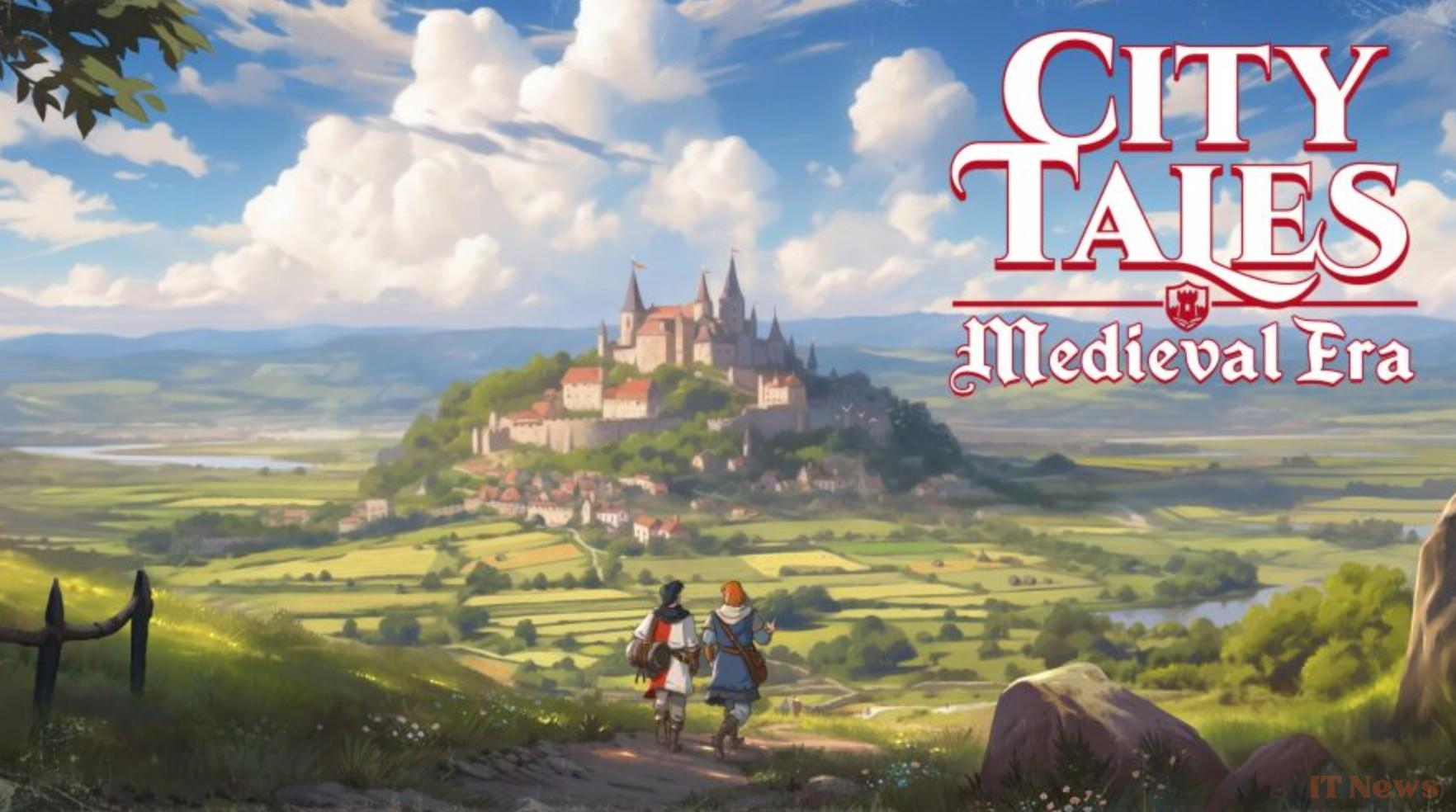
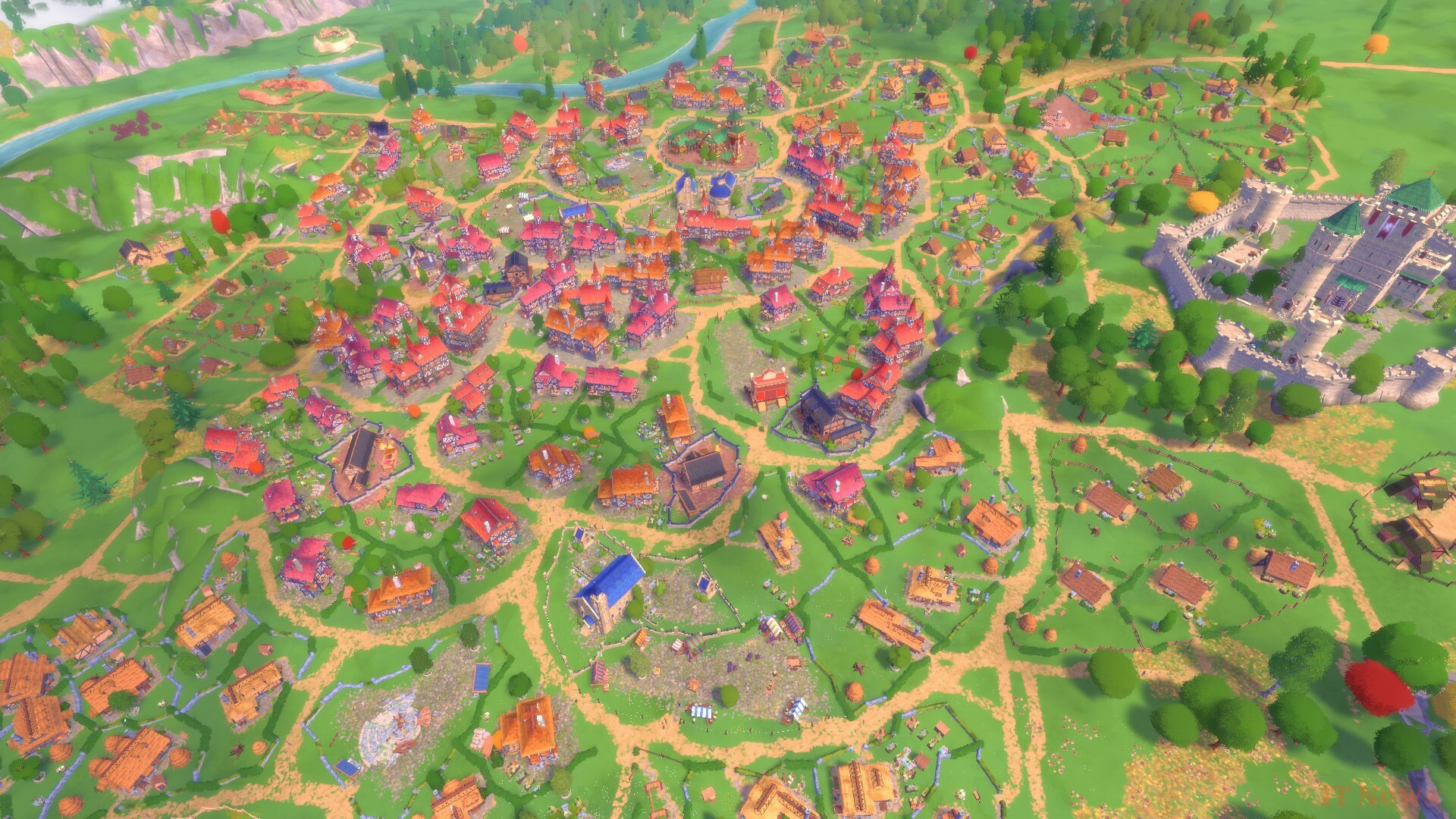
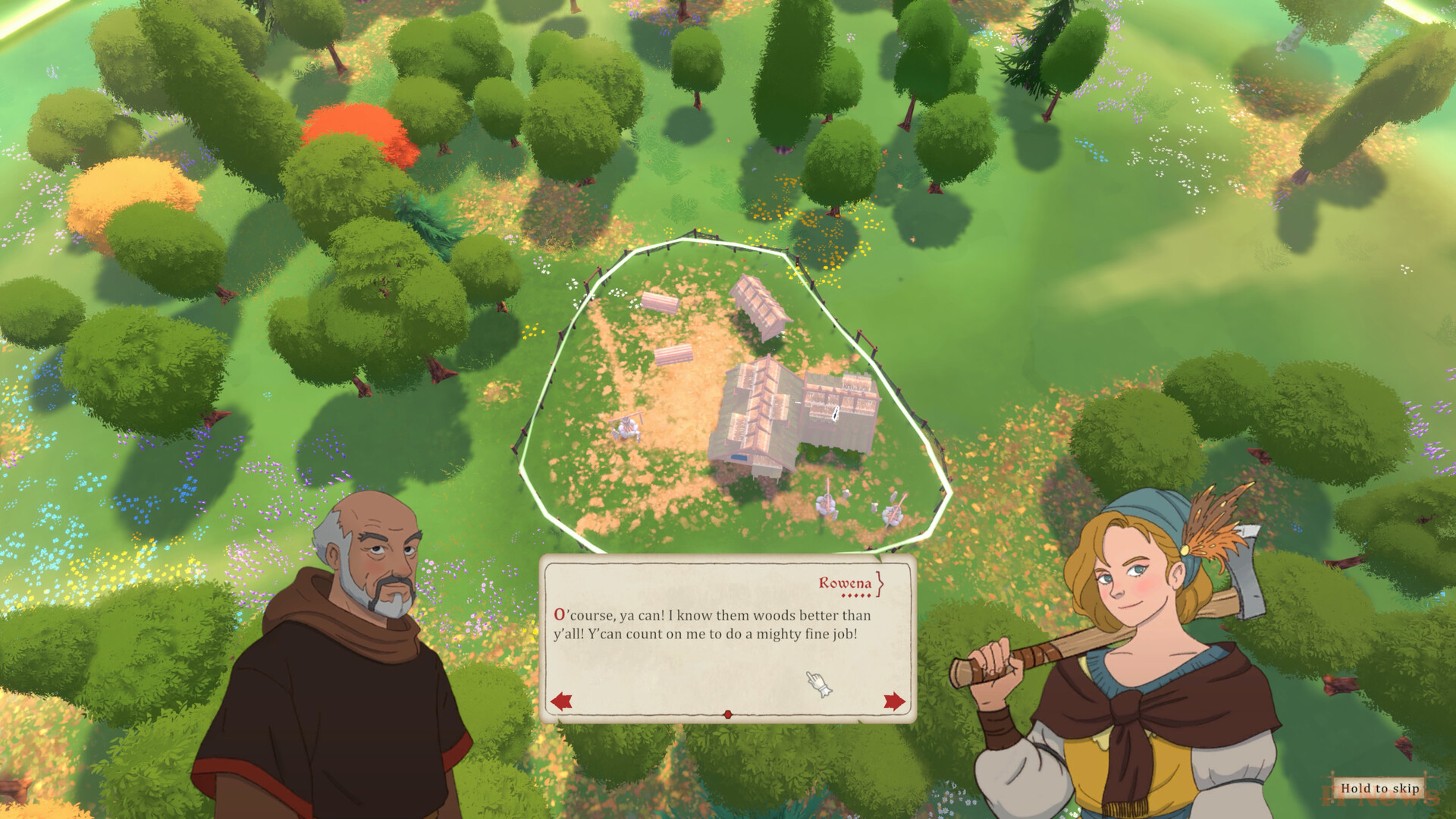
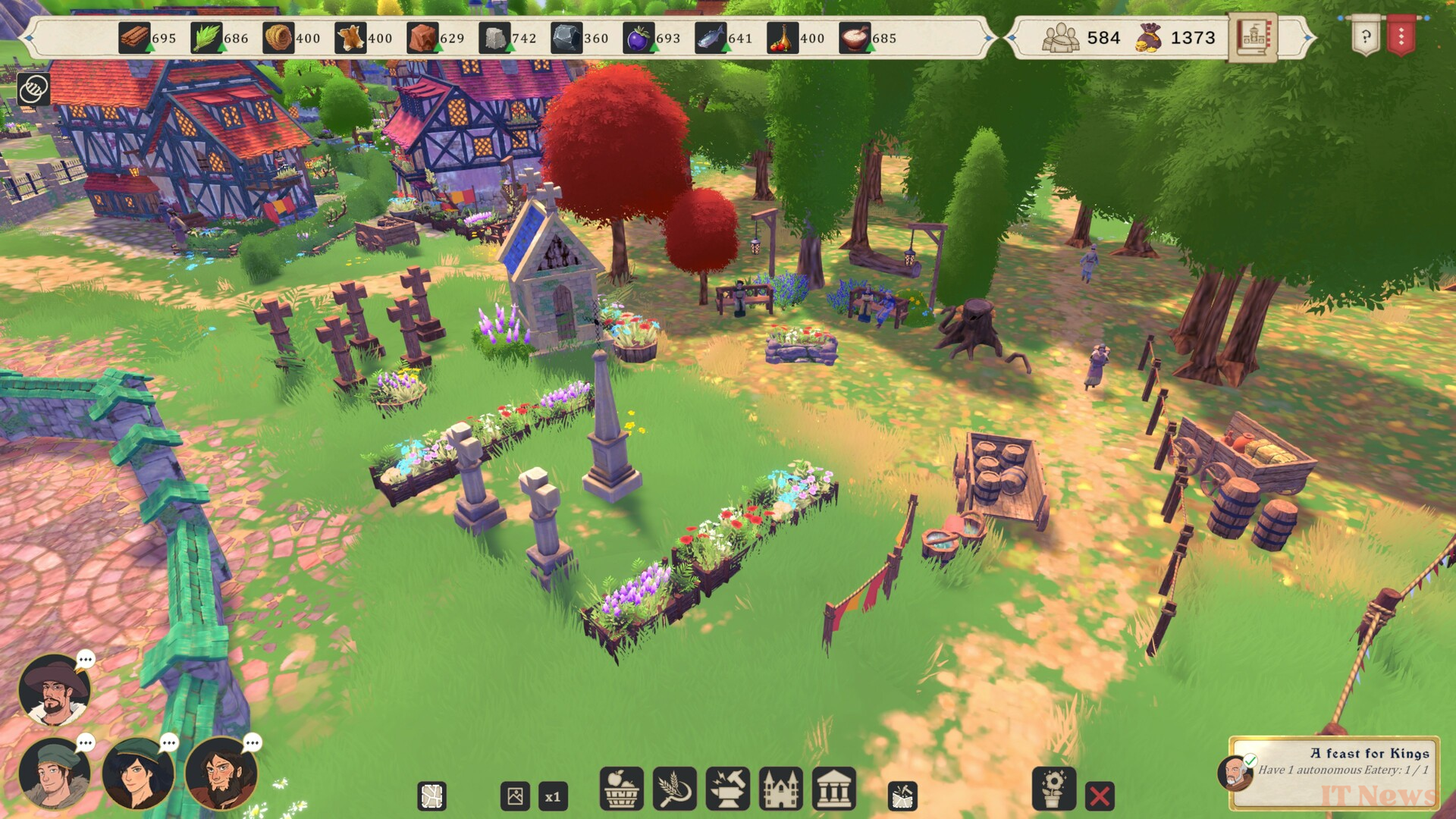
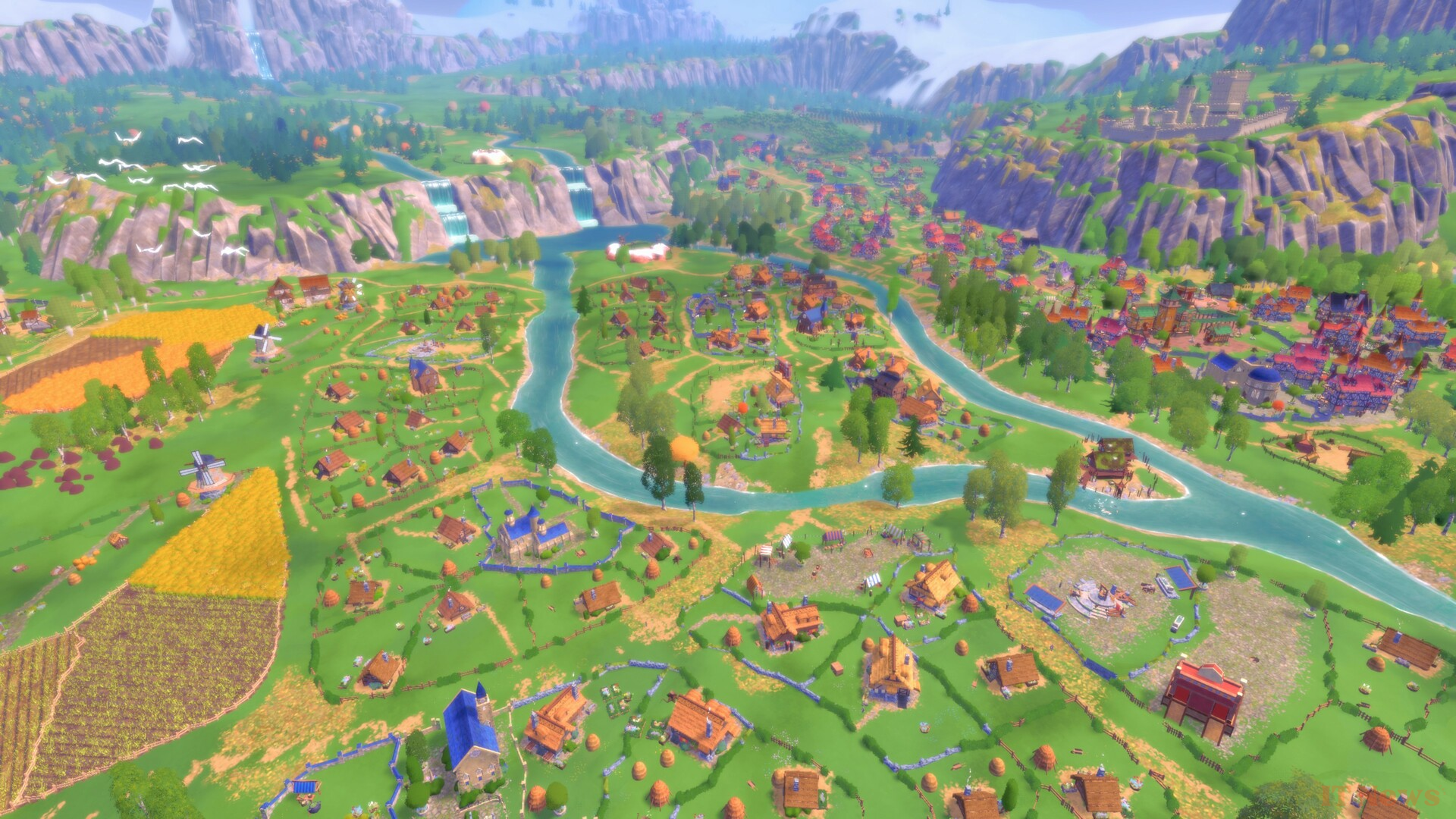
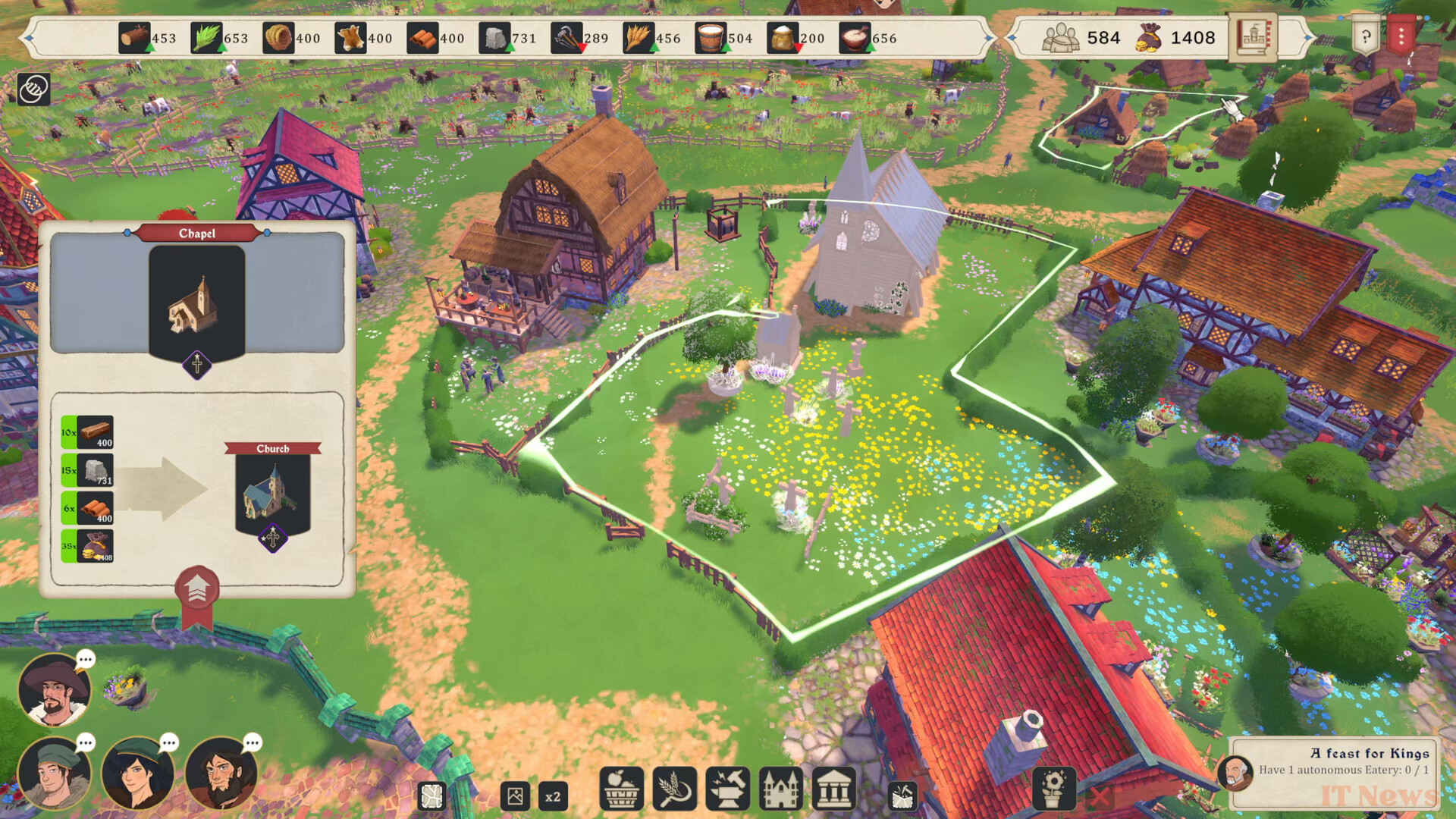

0 Comments